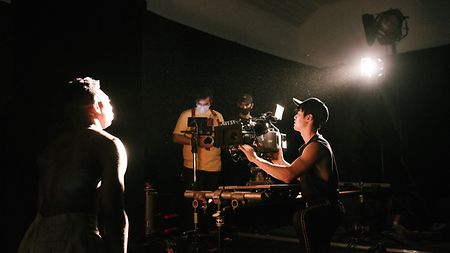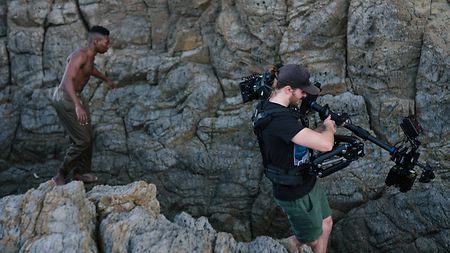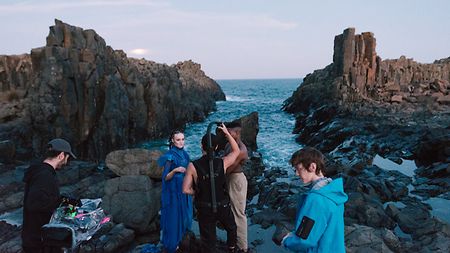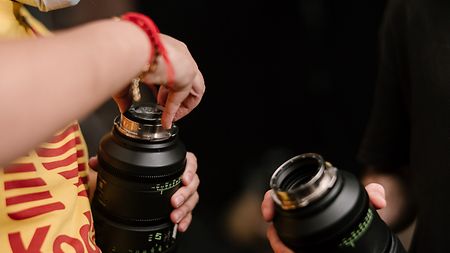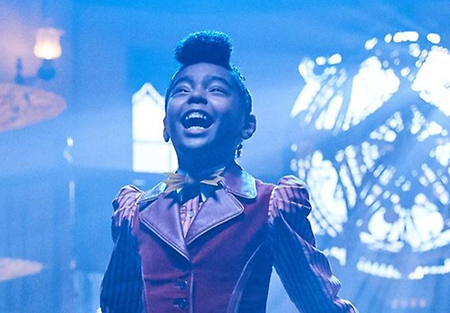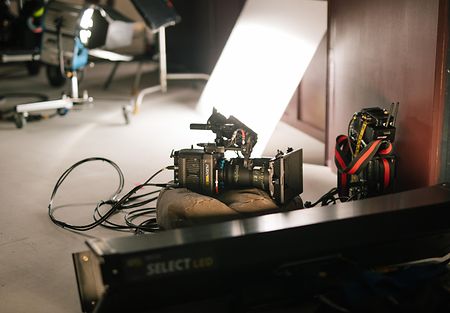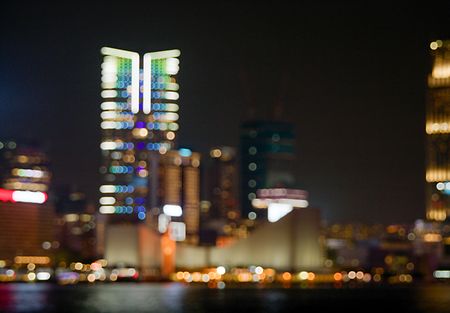The music video for “Silo” by Sydney-based recording artist Phondupe visualizes internal angst through the interpretive dance of its performers and the sometimes distorted intensity of its images. Director and cinematographer Alexander Leeway turned to ARRI Austrialia for ideas about creating different looks with lenses, and was pointed towards the magnetic rear filter holder of ARRI Signature Primes. By experimenting with improvised materials in this filter holder, and using a prototype diopter, Leeway developed unique looks for different sections of the music video. He shot with ALEXA LF and Mini LF cameras and a TRINITY stabilizer, and spoke to ARRI about the experience.
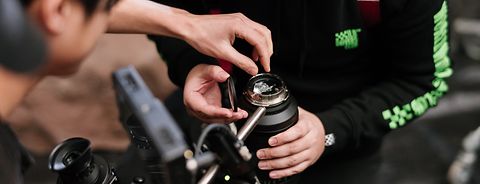
Customizing the ARRI Signature look
Australian DP Alexander Leeway crafts unique ARRI Signature Prime looks by using the lenses’ magnetic rear filter holder on his music video shoot for Phondupe’s "Silo".

